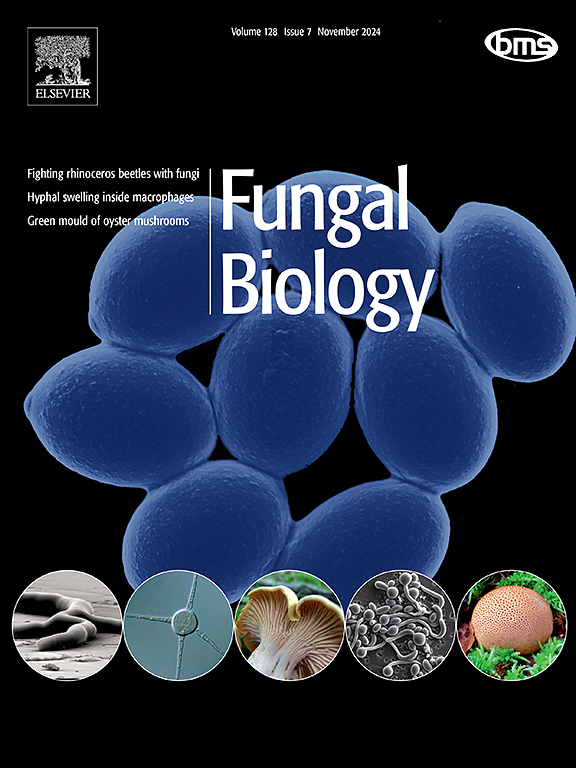Ganoderma basidiospores in the air in relation to land cover and weather patterns in a temperate climate zone
IF 3
3区 生物学
Q2 MYCOLOGY
引用次数: 0
Abstract
Aeromycological monitoring of Ganoderma spores allows us to determine seasonal and daily fluctuations in the concentration of spores in the air and to determine periods of high concentration during which allergy and asthma symptoms may appear in allergic people. Fluctuations in basidiospore concentrations depend on climatic and weather factors and types of land use. The aim of the work was a spatiotemporal analysis of the concentration of Ganoderma spores in the air of a city and a village in a transitional temperate climate. Particular attention was paid to the types of land development, in which monitoring was carried out using Hirst volumetric traps. Furthermore, monitoring was carried out at various heights. Studies have shown that on a small spatial scale, the dynamics of the seasons of Ganoderma spore occurrence in the air are similar. However, the intensity of seasons, determined by the total sum of spores, is lower in the city than in the countryside. Differences in concentrations were found between sites located at different heights – the higher it is, the lower the concentrations are and the longer delay in the hours of maximum concentrations. The research confirms the hypothesis that land development, weather factors, and the altitude at which monitoring is carried out influence the aerobiology of Ganoderma spores.
温带气候区空气中担子孢子与土地覆盖和气候模式的关系
对灵芝孢子的空气菌学监测使我们能够确定空气中孢子浓度的季节性和每日波动,并确定过敏人群可能出现过敏和哮喘症状的高浓度时期。担子孢子浓度的波动取决于气候和天气因素以及土地利用类型。这项工作的目的是对一个城市和一个过渡温带气候的村庄的空气中灵芝孢子的浓度进行时空分析。特别注意了土地开发的类型,利用赫斯特体积陷阱进行了监测。此外,还在不同高度进行监测。研究表明,在小空间尺度上,空气中灵芝孢子的季节动态是相似的。然而,由孢子总数决定的季节强度在城市比在农村低。位于不同高度的地点之间的浓度存在差异——海拔越高,浓度越低,最大浓度出现的时间越长。该研究证实了土地开发、天气因素和监测的海拔高度影响灵芝孢子的空气生物学的假设。
本文章由计算机程序翻译,如有差异,请以英文原文为准。
求助全文
约1分钟内获得全文
求助全文
来源期刊

Fungal biology
MYCOLOGY-
CiteScore
5.80
自引率
4.00%
发文量
80
审稿时长
49 days
期刊介绍:
Fungal Biology publishes original contributions in all fields of basic and applied research involving fungi and fungus-like organisms (including oomycetes and slime moulds). Areas of investigation include biodeterioration, biotechnology, cell and developmental biology, ecology, evolution, genetics, geomycology, medical mycology, mutualistic interactions (including lichens and mycorrhizas), physiology, plant pathology, secondary metabolites, and taxonomy and systematics. Submissions on experimental methods are also welcomed. Priority is given to contributions likely to be of interest to a wide international audience.
 求助内容:
求助内容: 应助结果提醒方式:
应助结果提醒方式:


